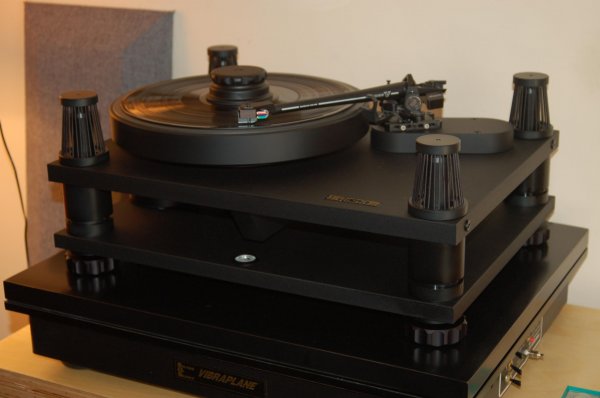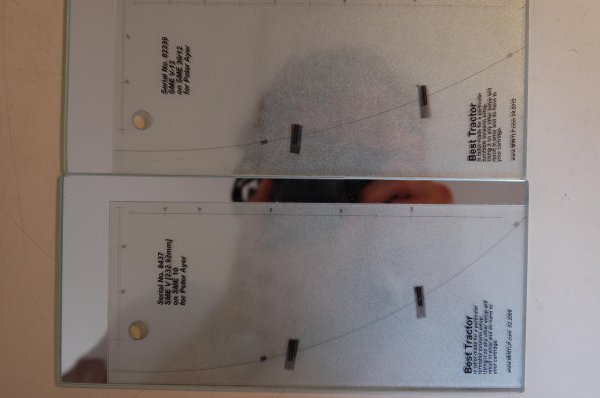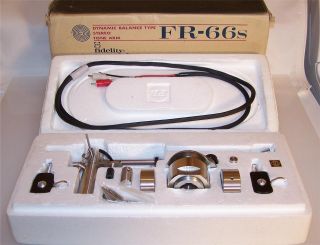Mike, whilst I appreciate:
1. your point, that Gomez is a scientist and you trust his opinion over x, y's, z's,
2. that you are a well known audio reviewer
You do not need to be so insulting in your riposte - especially coz you only joined the forum recently.
I am sure there are equally qualified persons who will say equally compelling things about having inches - I think Joel Durand is a pretty smart cookie for instance.
Can I pose this question to you. With all things being equal - lets say an SME 30, one with a 12 inch and one with a 9 inch same cart etc - what do you prefer the sound of?
There's an awful lot of science meets mystique in audio, but nothing beats the good old arbiter as opinion based upon experience.
thanks
I don't think I was insulting in any way. And I certainly did not write anything about being "a well known audio reviewer" did I? By the way I never wrote that " 9 inch arms are inherently superior" which is the claim made by the person who started the thread. I did say "in my opinion all things being equal"....
Interestingly someone just posted something explaining that the SME V and 12" are different designs and so there's no "all things being equal" to be had here. I based my opinion on my experience with the SAT arm, which is a 9" arm and is by far the best sounding and tracking arm I've ever used. I've reviewed many, many arms.
I agree Joel is very smart and I've reviewed one of his arms but Joel is not technically trained (nor am I).
When I first encountered Marc Gomez I asked him why he designed a 9" arm (I did likewise with Mark Doehmann who was responsible for the Continuum Cobra arm, also 9") and Marc Gomez gave me the answer I've repeated here: he said that tracking error is less of an issue than dynamic performance in the groove in part due to moment of inertia.
When i got the arm to review, the first record I played sounded so superior in every way to any other arm I've heard, reviewed or owned (not hyperbole!) that I began to believe Marc Gomez's calculations were correct. Gomez told me he designed the arm and was confident when he built it that it would sound and perform as predicted. Again, I believe him based upon what I heard.
I have brought 96/24 files produced using the SAT to audio shows around the world and the response from listeners who were not prompted and who didn't know the source, convinces me that Marc is a very talented and technically competent designer for whom there was no "trial and error" in the design....just applied science...
Someone else posted here that Myles Astor, when confronted by the SAT, which was brought to his home for a listen by Gomez had a similar reaction. He said it was "light years ahead" of anything else he'd heard.
This and my years of experience with the Cobra (which was probably the first 3D printed arm ever developed) convinced me that "all things being equal" or taking into account all of the variables and acknowledging that a 12" arm has less tracking error and requires less anti-skating compensation, it's my opinion that 9" arms (properly designed) are preferable. Again, it's my opinion but based on a great deal of listening and arm ownership.
I'm sorry if my post came across as insulting.







